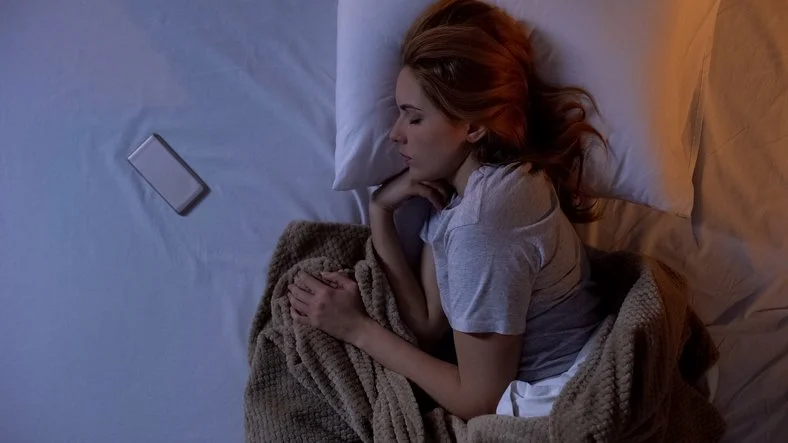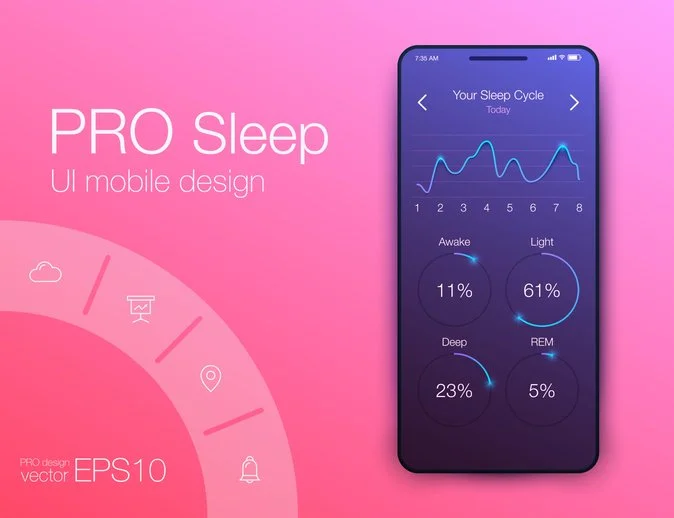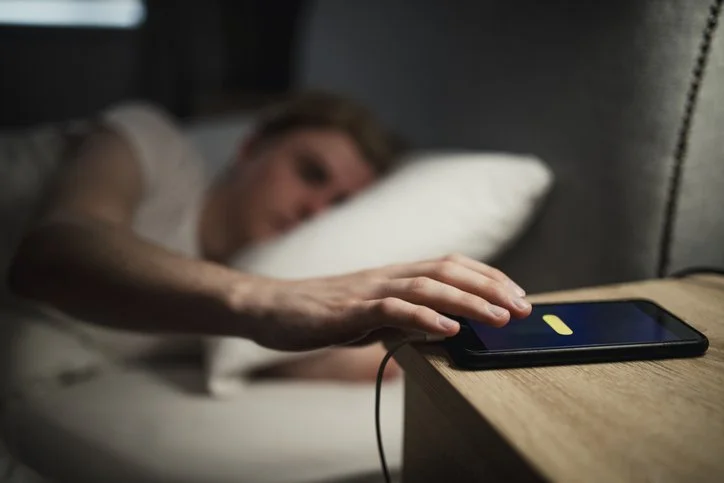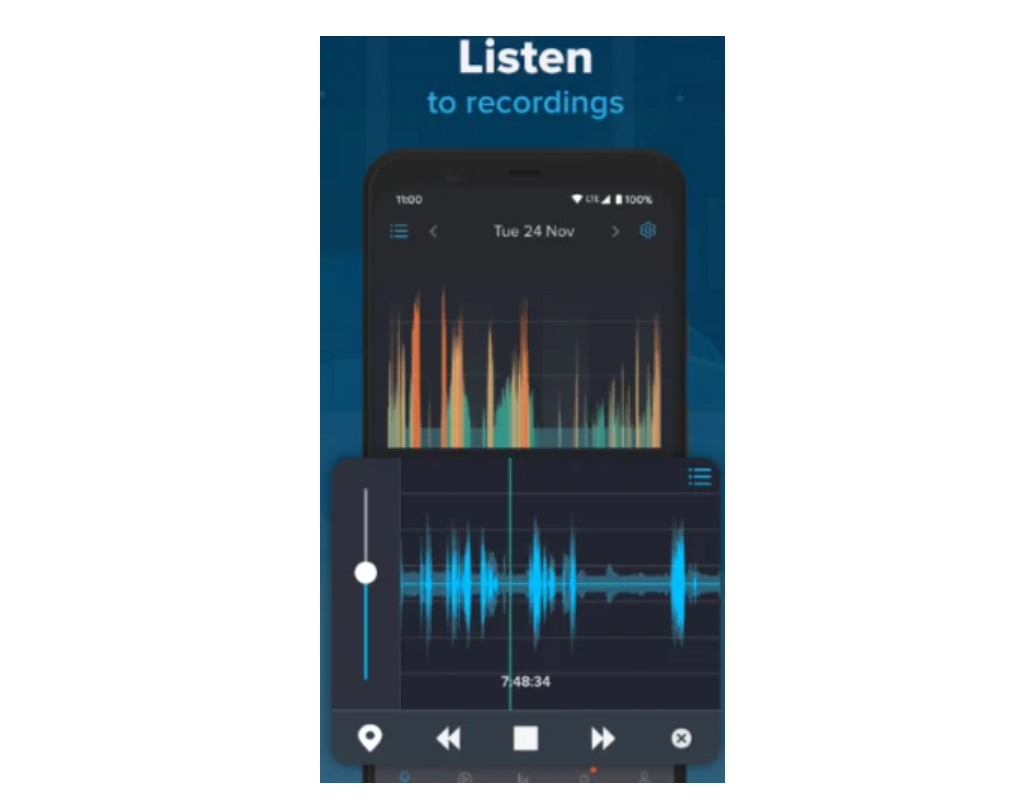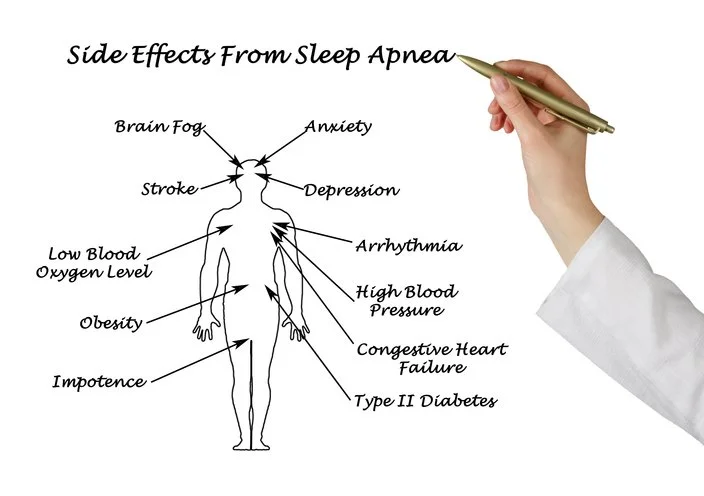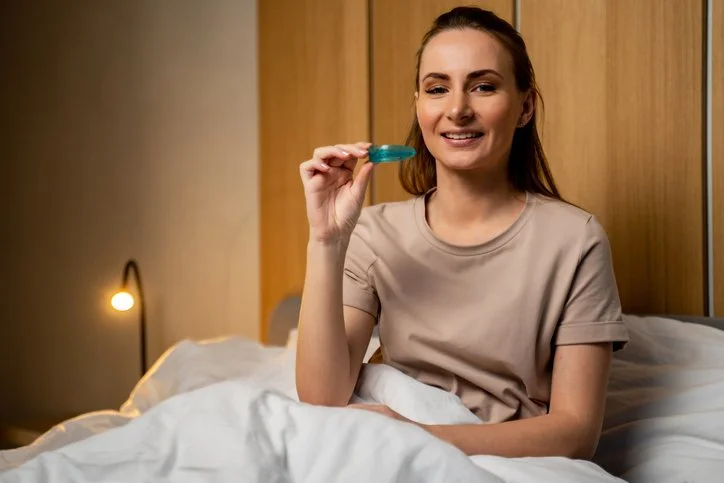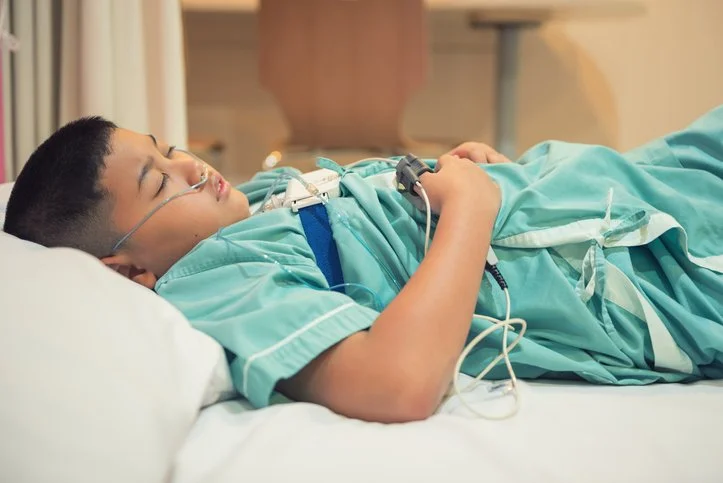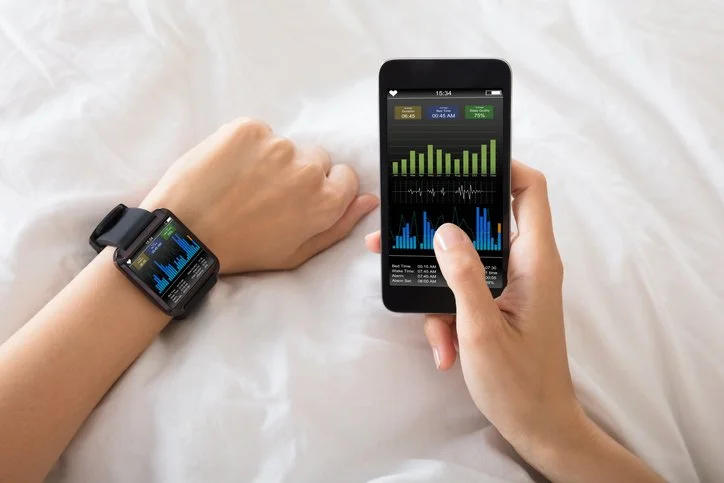Sleep Apnea: A Silent Threat You Can Uncover with Your Smartphone
Sleep is one of those things we all take for granted until it goes wrong. If you’ve ever woken up groggy despite a full night’s rest or had a partner complain about your snoring, you might have wondered what’s happening while you’re out cold. Snoring isn’t just noise—it’s often a symptom of something bigger, like sleep apnea, where the airway collapses or narrows, cutting off oxygen flow. The good news? You don’t need a high-tech sleep lab to start figuring it out. With a smartphone and a little know-how, you can monitor your sleep patterns, focus on snoring, and gather evidence to discuss with a professional. Here’s how to use that device you’re probably holding right now to peek into your nighttime world.
Step 1: Choose the Right App
Your smartphone can double as a sleep detective with the help of apps designed to track sound and movement. Look for free or low-cost options like SnoreLab, Sleep Cycle, or Do I Snore or Grind. The last app analyses grinding, which is highly associated with poor breathing at night. These apps use your phone’s microphone to record audio throughout the night, pinpointing when and how loudly you snore. Some even provide a “snore score” to quantify the racket. Before bed, open the app, tweak the settings to focus on sound detection (movement tracking is optional), and let it run. Most apps will give you a report in the morning, complete with audio snippets so you can hear what’s going on. No wearable trackers or expensive gadgets are required—just your phone.
Step 2: Set Up for Recording
Recording yourself at night is easier than you’d think, but placement matters. Put your phone on a nightstand or stable surface within a few feet of your head—close enough to catch snoring but not so close it picks up every breath or rustle. Plug it into a charger to avoid a dead battery by morning, and turn off notifications to keep it quiet. If you’re worried about privacy, most apps process data locally on your device but check the app’s terms if you’re cautious. Test the setup with a quick trial run: say a few words or fake a snore to ensure the mic picks up sound clearly. Once you’re set, hit record and drift off.
Step 3: Analyze the Results
When you wake up, dive into the app’s report. Look for patterns—does snoring happen all night or just in chunks? Are there long silences followed by loud gasps? These could hint at sleep apnea, where breathing stops and restarts. Many apps let you play back the worst moments, which can be eye-opening (or ear-opening). If the recordings reveal consistent loud snoring or odd pauses, save them. They’re not a diagnosis, but they’re a solid starting point to share with a doctor or specialist. Plus, hearing yourself might jolt you into action if you’ve been ignoring the signs.
Why Snoring Matters
Snoring isn’t always benign. It’s often tied to the craniofacial-respiratory complex—a term that describes the intricate relationship between your facial structure, airway, and breathing function. If your jaw, tongue, or throat tissues block airflow during sleep, snoring can escalate into oxygen deprivation. Over time, this stresses your body, raising risks for cardiovascular issues and more. Smartphone recordings can’t measure oxygen levels, but they can flag the noisy symptoms that warrant a deeper look. And here’s where another unexpected ally comes in: your dentist.
Sleep Dentistry: An Overlooked Gateway
Dentists aren’t just for cavities—they can play a key role in spotting sleep issues. During routine exams, sleep-trained dentists assess your airway by examining your throat, tongue, and jaw alignment. They might notice a narrow palate, large tonsils, or a recessed chin—all part of that craniofacial-respiratory complex—that could contribute to snoring or apnea. If they suspect a problem, they can refer you to a sleep specialist for a formal study, like a polysomnogram. Some even craft custom oral appliances to shift your jaw forward at night, reducing airway blockage. Next time you’re in the chair, ask if they screen for sleep-breathing issues—it could be a game-changer.
Taking It Further
If your smartphone recordings suggest trouble, don’t stop there. Please share them with your doctor or a sleep specialist, who might recommend a home sleep test or a lab study to confirm apnea. The recordings are a low-stakes way to gather clues, but they’re not the full picture—oxygen dips and brain activity need medical-grade tools to measure. Still, starting with your phone keeps it simple and affordable. You might even pair it with lifestyle tweaks, like sleeping on your side or cutting alcohol before bed, to see if snoring eases up. Track those changes night-to-night with the app to spot trends.
Beyond Snoring: What Else Your Phone Can Do
While snoring is the star of this show, your smartphone can offer bonus insights. Some apps estimate sleep stages by sound and movement, hinting at how restful your night was. Others let you log habits—like caffeine or screen time—that might affect sleep quality. If you’re tech-curious, pair your phone with a cheap pulse oximeter (a finger clip that tracks oxygen) for under $30 online. It’s not as slick as a fancy tracker, but it adds data to your DIY investigation. The goal isn’t to replace experts—it’s to empower you with info to seek help if needed.
Why It’s Worth the Effort
Sleep apnea is underdiagnosed because it hides in plain sight—or sound. The National Sleep Foundation estimates that over 18 million Americans have it, yet most don’t know. Left unchecked, it’s a slow burn to bigger problems. Using your smartphone to monitor snoring isn’t a cure, but it’s a wake-up call you can act on. Whether it’s a nudge to see a sleep dentist or a specialist, those recordings could spark a fix before damage mounts. And even if it’s just loud snoring with no apnea, silencing it might save your relationship with anyone sharing your bed.
Final Thoughts
Your smartphone’s more than a social media machine—it’s a window into your sleep. By recording yourself at night, focusing on snoring, and tapping into tools like apps and dental checkups, you can uncover what’s really happening after lights out. The craniofacial-respiratory complex ties it all together, linking your anatomy to your breathing, and a dentist might spot risks you’d never see. So charge up your phone, download an app, and start listening. A better night—and a healthier you—might be closer than you think.
